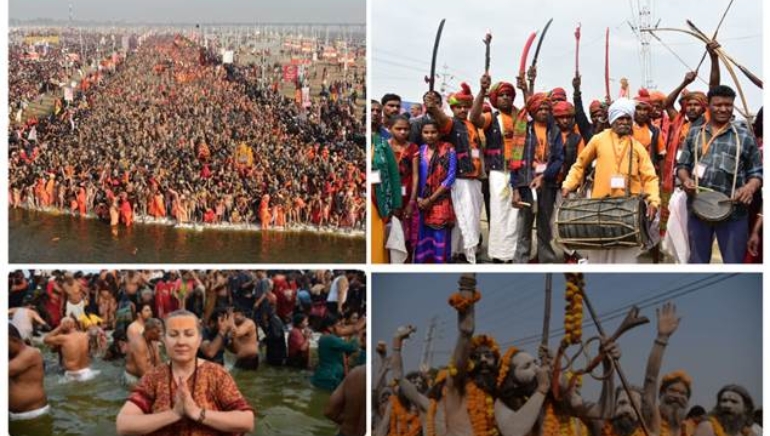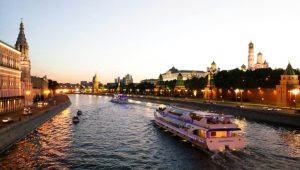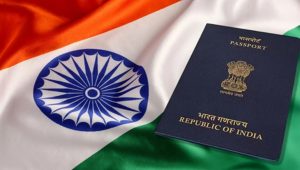On Monday, the world’s biggest gathering of people will begin at Prayagraj, Uttar Pradesh, in India, for the six-week Maha Kumbh Mela. Over 400 million visitors are anticipated to take a holy dip at the confluence of the Ganga, Yamuna, and the mythical Saraswati rivers, which devout Hindus believe cleanses sins and frees them from the cycle of life and death.
The event, based on Hindu mythology, commemorates the god Vishnu’s victory over demons in obtaining the nectar of immortality. Four droplets fall on Earth in Prayagraj, Haridwar, Ujjain, and Nashik. These cities host the Kumbh Mela in rotation, with the Maha Kumbh occurring once every 12 years, which is considered the most auspicious.
Authorities have turned 4,000 hectares of riverbanks into a temporary metropolis, housing pilgrims in 150,000 tents, 145,000 lavatories, 3,000 kitchens, and 99 parking lots. The event requires 450,000 electricity connections, which exceeds the power usage of 100,000 metropolitan apartments. Indian Railways has launched 98 special trains to handle the inflow.
Security precautions include 40,000 police officers, AI-powered monitoring, and emergency response units with road, river, and air ambulances. “Hosting this auspicious event is an honor for our state,” said CM Yogi Adityanath.















